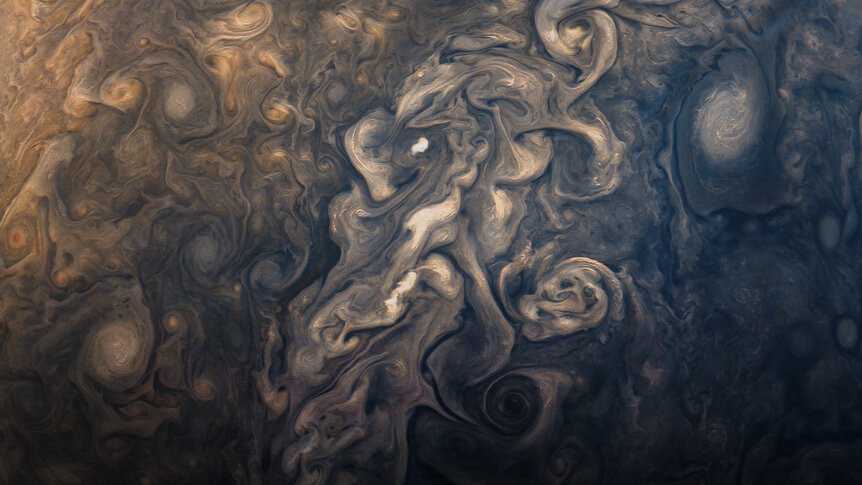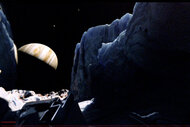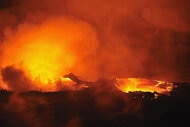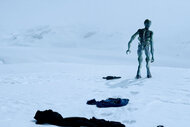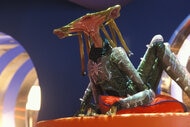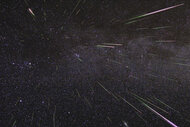Create a free profile to get unlimited access to exclusive videos, sweepstakes, and more!
Jovian chaos
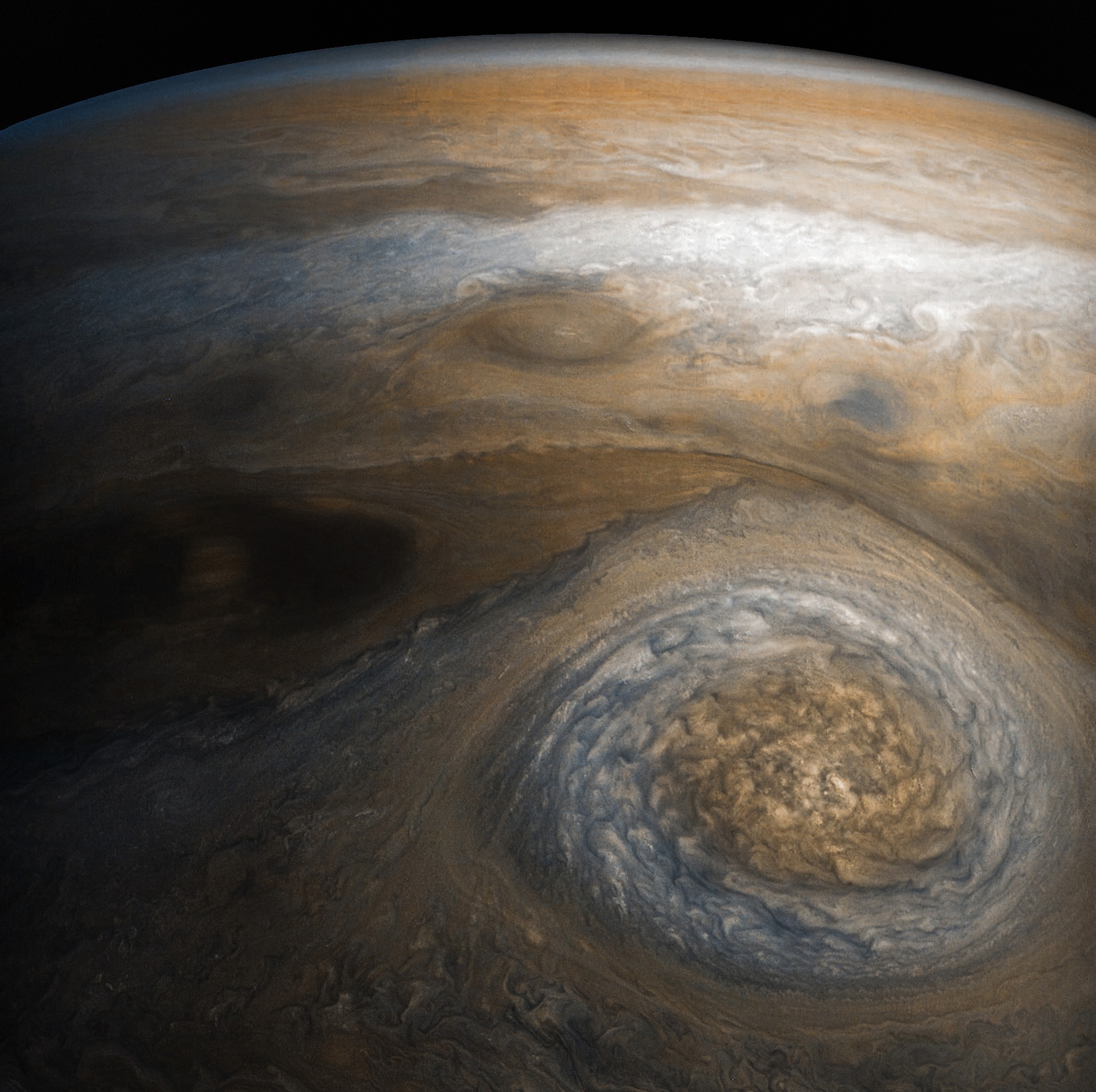
On September 1, 2017, the Juno spacecraft screamed over Jupiter’s pole once again.
Juno is on a long, swooping orbit that takes it as far out as 8 million kilometers from the planet, but drops it down on a hair-raising ride just 4,200 kilometers about the cloud tops. Jupiter is 140,000 km wide, so this trajectory dips down close.
As it drops down, the science instruments on Juno take in a flood of data: electromagnetic energy, magnetic field strength, gravitational field changes, subatomic particle strikes, and more.
It also has a camera, JunoCam, which is not designed for science but instead for public outreach: Its very purpose is to send phenomenal images back to Earth for people to enjoy.
And oh, my, do we enjoy them. Artist Seán Doran has been processing these images, creating fantastic works of art of our largest planet. He also puts them together into animations that are unlike anything I’ve ever seen; it’s as if you are flying over the clouds of Jupiter:
Whoa. This was taken from the latest dive (the closest approach is called perijove, and this was Perijove 8). The flickering and color changes you see are due to the way the images are stitched and morphed together to create the sequence.
Remember, in these images you are not seeing the surface of Jupiter; the gas giant has none, as such. You’re only seeing the cloud tops above an atmosphere tens of thousands of kilometers deep. But what a sight! Different gas compositions make different colors, and air flowing in different directions interacts to create eddies and whorls where turbulence takes over from smooth flow. Like in this shot, also from Perijove 8:
Look at that! The image is so clear that you can get a hint of shadows in the smaller clouds cast on the cloud deck below them, allowing a glimmer of three-dimensionality to the image. I have seen Jupiter hundreds of times through telescopes, and looked at images of it from many space probes, but I have never seen it come alive like this. The patterns are gorgeous, literally chaotic in the mathematical sense; impossible to predict due to the vast number of factors influencing the flow, the depth, the colors, the detail. But the beauty therein is staggering and undeniable.
Even from more of a distance, the spacecraft takes stunning images, like this one by Doran of a huge storm in Jupiter’s northern hemisphere:
The storm is called the North-North Temperate Little Red Spot 1 (or NN-LRS-1); the name is odd but the storm is located in a light-colored band of winds running around Jupiter called the North North Temperate Zone. When you look at Jupiter, the dark, horizontal bands are called belts, and the lighter ones zones. They flow in opposite directions, and are caused by convection. Zones are where upwelling air has risen higher, gets cold, and forms light-colored ammonia clouds. Belts are where the air has sunk, and the lack of opaque ammonia ice means we can see the more colorful red and brown clouds below.
NN-LRS-1 is an anticyclone, a region of high pressure with outflowing winds wrapping around it. It was discovered in the 1990s and may be much older yet. Again, the detail in this image is enough to see shadows in upper-level clouds. Mind you, NN-LRS-1 is about 6,000 kilometers across, making it almost as big as the continental United States! What I’m calling detail are features many kilometers across.
The next dive, Perijove 9, will be on October 24, in just a couple of weeks. What astonishing beauty will we see then?
And it makes me think …
With the Cassini mission now over, Juno is humanity’s sole spacecraft orbiting an outer planet. Saturn, Uranus, Neptune — they are alone. Pluto was just a transient moment for New Horizons, and though that craft will visit an icy Kuiper Belt Object in 2019, the flyby will last mere hours. Juno is tough, but Jupiter’s radiation field is tougher, and eventually the fierce wind of subatomic particles will wear it down. It’s not clear how long Juno will last, but the predicted end-of-mission is in 2018.
After that, no worlds past the asteroid belt will have spacecraft in their skies.
We American spend less than a penny on the dollar out of our taxes for NASA, and only a fraction of that goes to solar system exploration. Yet what we get in return is pure wonder. I would very much like to see a lot more wonder from future Cassinis, Junos, Voyagers … all the other missions that have gone where we humans still yet cannot.
For more amazing images, follow Seán Doran on Twitter, or peruse his Flickr gallery.
